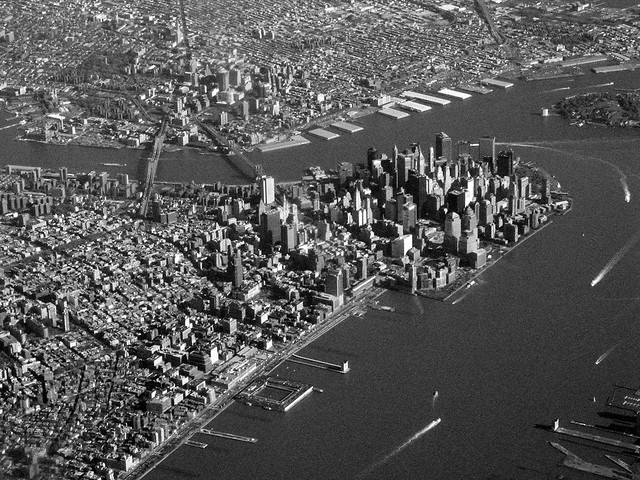Those who are following the resurgence of urban centers, this won’t be a surprise – the population in cities growing faster than in suburbs:
For all 51 metro areas with a million or more people, cities as a whole grew by 1.1% from 2010 to 2011, while suburbs increased 0.9%. That’s a big change from the last decade, in which suburbs expanded at triple the rate of cities.
“This can really be seen as a milestone,” said William Frey, a Brookings Institution demographer who analyzed the census data to be released Thursday. “What’s significant about it is that it’s pervasive across the country.”
via U.S. population in cities growing faster than in suburbs – latimes.com.
The Sacramento Area Council of Governments has an interesting white paper entitled Changing National Demographics and Demand for Housing Types which reinforces this larger trend:
Myers and SungHo Ryu argue [in Aging Baby Boomers and the Generational Housing Bubble: Foresight and Mitigation of an Epic Transition – ed.] that the future population and age structure will lead to differences between age and home buying and selling. The aging, retirement and lifestyle patterns of the 76 million baby boomers will likely shape U.S. housing markets and trends for decades ahead. They conclude that there will be an oversupply of homes offered for sale by aging baby boomers – many of which may not be of the housing type that young buyers want. The researchers raise the idea that where decline once occurred as housing moved from the central city to the suburbs, it may now be reversed as the suburbs will see surpluses of large-lot single-family housing.
The suburbs have long enjoyed subsidies many magnitudes greater than central cities, which is a travesty when you rank the productivity and economic output of denser central cities to suburbs. It isn’t even close according to the New York Fed in Management of Large City Regions: Designing Efficient Metropolitan Fiscal Policies:
Among the 363 MSAs [ed. what’s an MSA?] defined by OMB, just fifty had populations over one million. Yet the output of these fifty cities accounted for nearly two-thirds (65%) of national GDP of $11.5 trillion (in $2001).
I can’t talk about others whom champion cities, but I think there is a place for hyper dense cities such as Manhattan, merely dense cities such as Brooklyn or even Boston and the suburbs. But the fact that the suburbs are given subsidies over and above cities is just wrong from a moral point of view (unless you are buying land in West Virginia as future oceanfront property) but also from an economic point of view. Investing in multimodal transportation – high speed rail and local mass transit – not only makes sense from an economic viewpoint, but increases individual liberty by allowing people to chose to walk, take the train or buy and drive their personal car.

